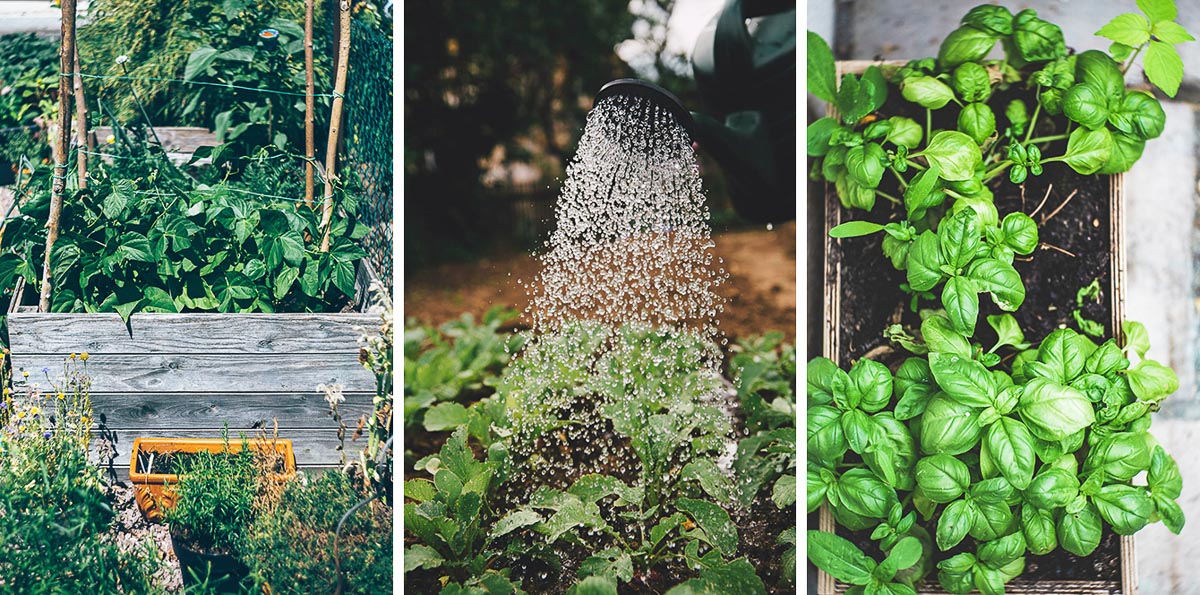Little Known Questions About City Blooming.
Little Known Questions About City Blooming.
Blog Article
Some Known Details About City Blooming
Table of ContentsCity Blooming Can Be Fun For EveryoneEverything about City BloomingCity Blooming Fundamentals ExplainedThe Basic Principles Of City Blooming The Only Guide for City Blooming
Fascinated in growing food to buy in the City of Chicago? Assuming concerning starting a community garden? Adjustments to the Chicago Zoning Statute enable farming uses like area yards and city farms in many components of the city. Below is a listing of often asked questions relating to the rules and guidelines that growers need to think about when planning a city agriculture task.
The zoning change does not customize any kind of various other codes handling composting, structure authorizations, acquiring or leasing City possessed residential or commercial property, service licenses or environmental contamination. There are existing codes that manage these concerns and they remain completely impact and may apply to your project. Area gardens are normally possessed or managed by public entities, civic organizations or community-based companies and maintained by volunteers.
Urban ranches grow food that is planned to be marketed, either on a nonprofit or for-profit basis. Due to their commercial purpose, metropolitan ranches require a service certificate.
The Ultimate Guide To City Blooming
The quantity of compost material can not go beyond 25 cubic backyards at any kind of offered time according to the standards in 7-28-715 of the City's Municipal Code. Due to the fact that the dirt at the majority of brand-new yard sites requires amending, compost, dirt, wood chips, or various other materials can be obtained to construct or boost the expanding space.

If a structure license is called for then the hoophouse will certainly be thought about an accessory structure. You can figure out more regarding the structure permit requirements by getting in touch with the Department of Buildings. The 25,000-square-foot size restriction is planned to avoid a single neighborhood garden from dominating a given block or interfering with the block's existing household or business personality.
The restriction does not use to yards found in Public Open Space (POS) districts. Can there be even more than one area yard that is 25,000 square feet on a solitary block? Fencing is not required, however, yards that have big vehicle parking locations may be needed to set up fencing or various other landscape design features.
The Only Guide for City Blooming
B1 & B2 areas call for that all business use tasks be conducted inside your home. Is fencing needed for metropolitan farms? Fences might be needed, along with landscaping and screening, for particular auto parking areas and exterior job or storage space areas depending on place and the certain activity taking area.
Yes. Urban ranches call for structure authorizations and zoning approvals before building. Other forms of city evaluation might be needed depending on certain structures, activities, size, landscaping, licensing, public heath and stormwater administration concerns. Much of these requirements are identified in the job design or permitting procedure, nevertheless, the candidate may be liable to individually determine details licenses or permits that might be needed.
The Department of Service Affairs and Customer Protection can assist identify the certain type of company certificate that's needed. Off road car park is needed for most business jobs in Chicago. The called for number of car parking areas is based on the number of staff members functioning on site and not the square video of the growing space.
The smart Trick of City Blooming That Nobody is Talking About

Yes. An urban farm can market compost product produced on site, nonetheless, the operation has to abide with the laws in 7-28-715 of the Chicago Municipal Code. Yes. Aquaponic systems are permitted indoors on metropolitan farms in several zoning areas. A zoning review and structure authorization is required in order to Related Site install frameworks or systems and an organization certificate is required as defined above.
As much as five hives or colonies of honey may be kept as an accessory usage. Beekeepers need to register with the Illinois Division of Farming. For even more info regarding the suggested zoning change you might call the Division of Real Estate and Economic Development, Bureau of Planning and Zoning at 312.744.8563.
Farming in cities and metropolitan locations A metropolitan ranch in Chicago. Urban agriculture refers to different methods of growing. https://www.intensedebate.com/people/cityblooming1, processing, and dispersing food in urban locations. The term additionally uses to the location activities of pet husbandry, tank farming, beekeeping, and cultivation in a metropolitan context. Urban farming is distinguished from peri-urban agriculture, which takes area in rural areas at the edge of suburbs.
Rumored Buzz on City Blooming
It can involve a movement of organic farmers, "foodies" and "locavores", that seek to create social networks based on a common ethos of nature and community holism. These networks can create using official institutional assistance, ending up being incorporated right into local town preparation as a "change town" movement for sustainable metropolitan development.
In either case, the a lot more straight accessibility to fresh veggie, fruit, and meat items that may be realised through city farming can improve food safety and food safety while lowering food miles, leading to reduced greenhouse gas discharges, therefore adding to environment change mitigation. Several of the first proof of city agriculture comes from Mesopotamia.
Report this page